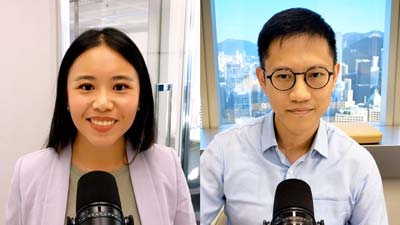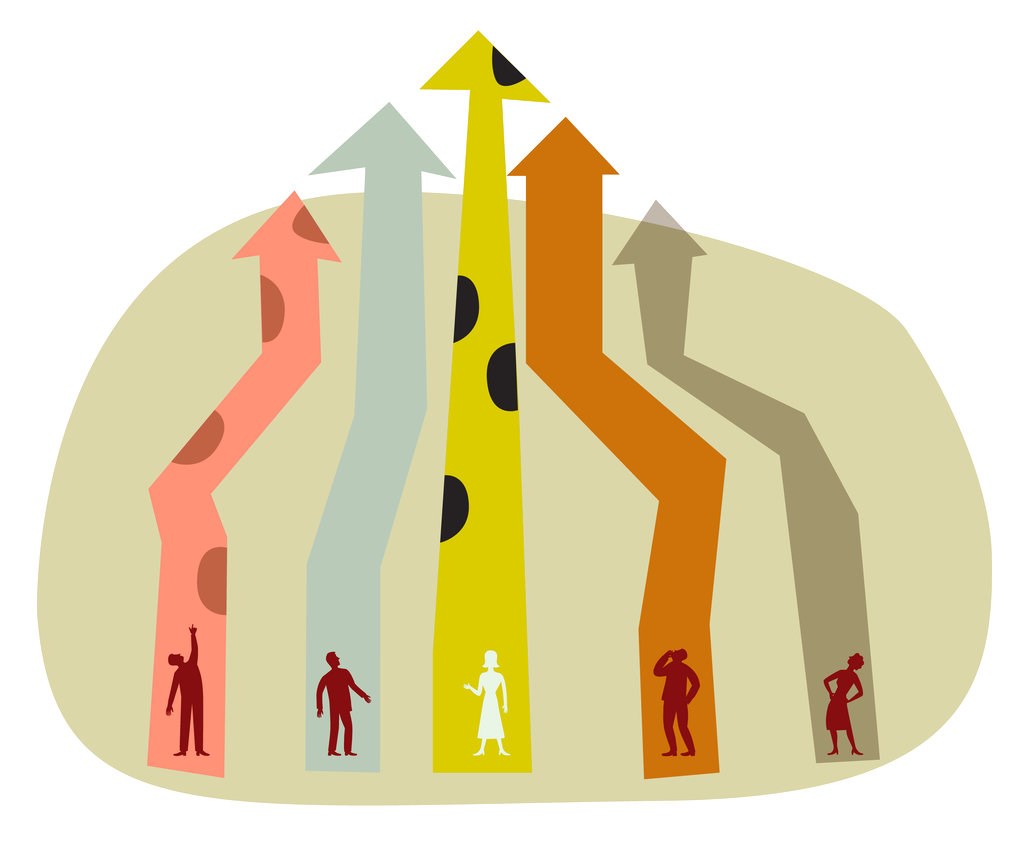Active share, a measure of the difference between a portfolio and a benchmark, was introduced in a research paper by Martijn Cremers and Antti Petäjistö in 2006. Analyzing U.S. domestic equity mutual funds, the two identified 60% active share as the limit between truly active managers and closet indexers, which are closely following the weights of their benchmark. Furthermore, the duo postulated that higher active share predicts performance.
Is this true? Is higher active share the better choice for investors? The latest report authored by William Chow, Mathieu Caquineau and MatiasMöttölafrom Morningstar’s manager research team set out to answer this, and find that active share is highly context dependent. Interpreting whether a fund’s active share is high or low depends on the market in which the fund invests.
“A relatively low active share score in a broad and diversified market would appear very high in a concentrated equity market,” say the authors in the study that investigates 43 Morningstar categories and their changes in active share in the past 10 years.
In concentrated markets and indexes, there is little room for fund managers to look for opportunities outside of the key constituents without risking a style bias, for example toward mid- and small-caps. Therefore, in this type of market environment, the average active shares tend to be far lower. In contrast, a global equity manager has many ways to take active bets without risking a style bias. Between markets with differing level of concentration, it is not meaningful to use a single scale– such as 80% being high and 40% being low for active share – to assess a fund.
Singapore equity is an example of a concentrated market and registered the lowest active share level amongst Asian markets. Its top 10 index constituents take up 82% of the index weight. Larger equity markets, such Europe, global, or China equity, and small/mid-cap categories tend to have much higher-active share funds. Global small/mid-cap, Asian ex-Japan small/mid-cap, and Europe small cap categories have the highest median active shares–above 95%–within the sample.
The Many Faces of the China Market
Varied listing destinations split China funds into three distinct groupings: China A-Shares, Greater China and China categories. According to our analysts, this case epitomizes the importance of understanding the nuances in each fund category when using the active share measure.
The A-Shares funds had the highest median of active share (78%), mainly due to a relatively lower top-10 weight in the index. The 10 largest constituents in A-shares benchmark account for 18%, compared with the over 40% for the Greater China and China categories.
Another aspect that differentiates the categories is by performance. According to the report, all active share quartiles in China A-Share category produce substantial excess returns in the past 10 years. China’s onshore market is known for being crowded with retail investors who take short-term views, and result in high trading volume in the market. “The inefficiency and the volatility made the onshore Chinese market a hunting ground for alpha for active fund managers.”
Do more Active Funds Outperform?
The research finds that the relationship between active share and the success of a fund (which here means both outperformance and survival) does not hold true in all categories. Investors may even get their fingers burnt if they blindly chase the most active funds in a category.
“High active share funds fail to reliably offer higher success ratios than their less-active peers, and in many categories, it has been wiser to invest with less-active stock-pickers,” say the authors.
For instance, Greater China equity is among the categories where investors going for the most active funds would have reduced the chances of beating the market. Furthermore, in this category, active funds have lost to the index more than the others. “Mostly this is due to their bias toward smaller capitalizations, which have done worse in the market.”
Introducing: Relative Active Share
The dispersion of the median active share in the different Morningstar categories also shows that the active share of a fund is useful information when put in the context of the fund's peer group, as its absolute level only does not tell the full story. Also, drawing a limit between what can be considered an active manager and a closet indexer (a fund that charges active management fees but closely resembles its benchmark) cannot be a one-size-fits-all judgment.
The authors propose a relative framework to classify funds based on their level of active share against a relevant peer group. An investor assembling a portfolio with passive and active funds may want to tap into the high active share funds to best complement passive building blocks. Under this new classification method, the funds that reach the top 10% of the distribution within the Morningstar category receive a High active share mark; if it falls in the next 15%, it receives an Above Average; a place in the middle 50% earns an Average; the next 15% receives a Below Average; and the bottom 10% gets a Low.
Investors using the method should note that active shares within a category can change through time as markets change, new managers and strategies come in and others exit.
Taking the Chinese market as an example, the median active share of China A-Shares funds declined from 85% to 75% between January 2016 and September 2018 as the top 10 index constituent weights shifted from 16% to 22%. For the Greater China equity, TSMC in Taiwan, Alibaba, and Tencent in China that outperformed significantly in the second half of the decade, together with other new economy stocks within the top 10 index constituents, grew from 17% to 31% of the Greater China market between 2016-21.
“Thus, the limits quoted on the Relative Active Share scales are to be taken as referential rather than as the final truth to the decimal point,” say the authors.
Lastly, the analysts remind investors to also look at the risk and the fee included in a high active share product. The activeness of security selection is based on more resources committed to equity analysis. Therefore, it makes sense for managers that have a more active strategy to charge more. Managers of active funds have to make up this higher fee to give a higher return and outperform a low-cost fund peer. The analysts conclude that thorough due diligence always plays a central role in equity manager selection, even more so for those who aim for a higher active share.
©2021 Morningstar. All rights reserved. The information, data, analyses and opinions presented herein do not constitute investment advice; are provided as of the date written, solely for informational purposes; and subject to change at any time without notice. This content is not an offer to buy or sell any particular security and is not warranted to be correct, complete or accurate. Past performance is not a guarantee of future results. The Morningstar name and logo are registered marks of Morningstar, Inc. This article includes proprietary materials of Morningstar; reproduction, transcription or other use, by any means, in whole or in part, without prior, written consent of Morningstar is prohibited. This article is intended for general circulation, and does not take into account the specific investment objectives, financial situation or particular needs of any particular person. Investors should consult a financial adviser regarding the suitability of any investment product, taking into account their specific investment objectives, financial situation or particular needs, before making any investment decisions. Morningstar Investment Management Asia Limited is licensed and regulated by the Hong Kong Securities and Futures Commission to provide investment research and investment advisory services to professional investors only. Morningstar Investment Adviser Singapore Pte. Limited is licensed by the Monetary Authority of Singapore to provide financial advisory services in Singapore. Either Morningstar Investment Management Asia Limited or Morningstar Investment Adviser Singapore Pte. Limited will be the entity responsible for the creation and distribution of the research services described in this article.
 An EV Next Door by 2030
An EV Next Door by 2030
 Active Vs Passive: How to Bring Together the Best of Both Worlds
Active Vs Passive: How to Bring Together the Best of Both Worlds
 Abrdn ESG Fund Downgraded in Latest Raft of Morningstar Ratings Updates
Abrdn ESG Fund Downgraded in Latest Raft of Morningstar Ratings Updates
 Upcoming changes to our membership offerings, tools, and features
Upcoming changes to our membership offerings, tools, and features
.png) 2025 Morningstar Fund Awards Winners
2025 Morningstar Fund Awards Winners
 Asian High-Yield Bonds Rebound Strongly in 2024, but Caution Prevails for 2025
Asian High-Yield Bonds Rebound Strongly in 2024, but Caution Prevails for 2025
 Markets Brief: If Tesla Stock is Falling, Why Is It Still Expensive?
Markets Brief: If Tesla Stock is Falling, Why Is It Still Expensive?
 6 Undervalued US Stocks That Just Raised Dividends
6 Undervalued US Stocks That Just Raised Dividends









.jpg)





